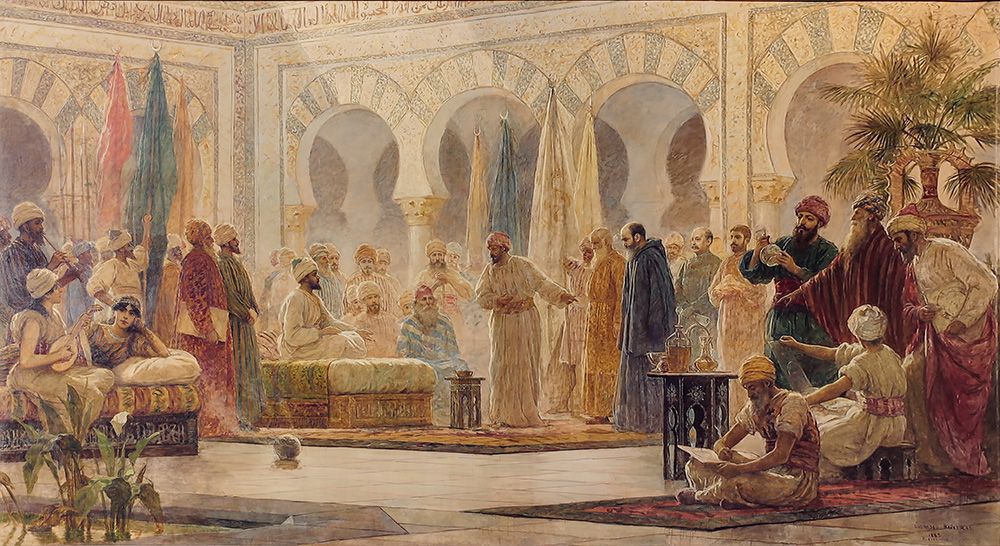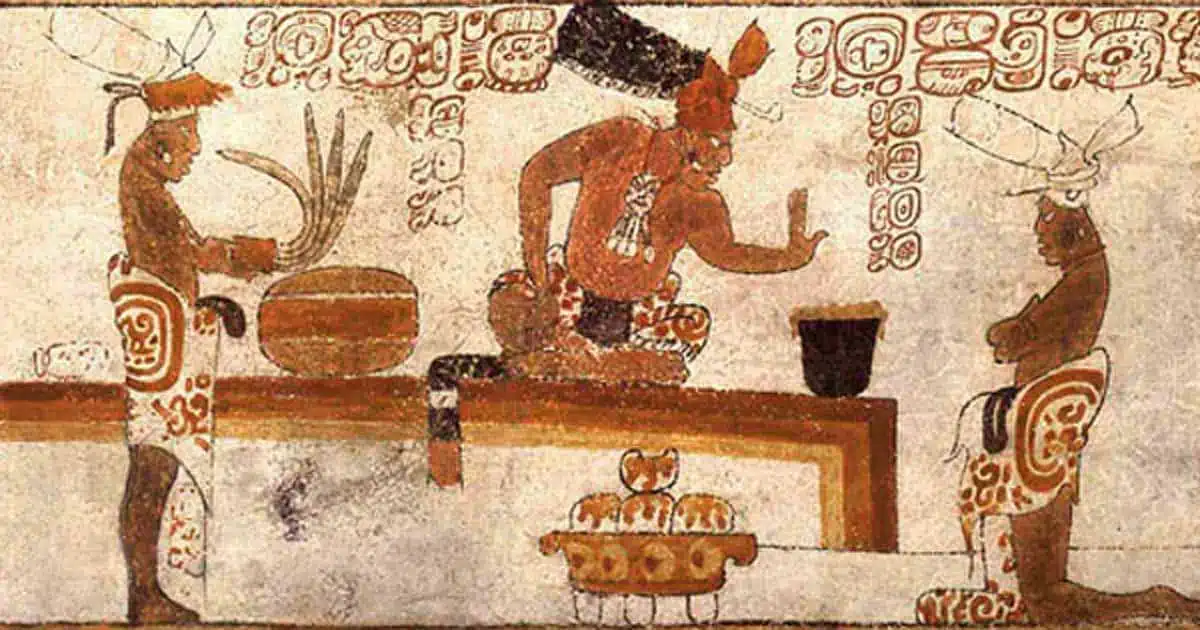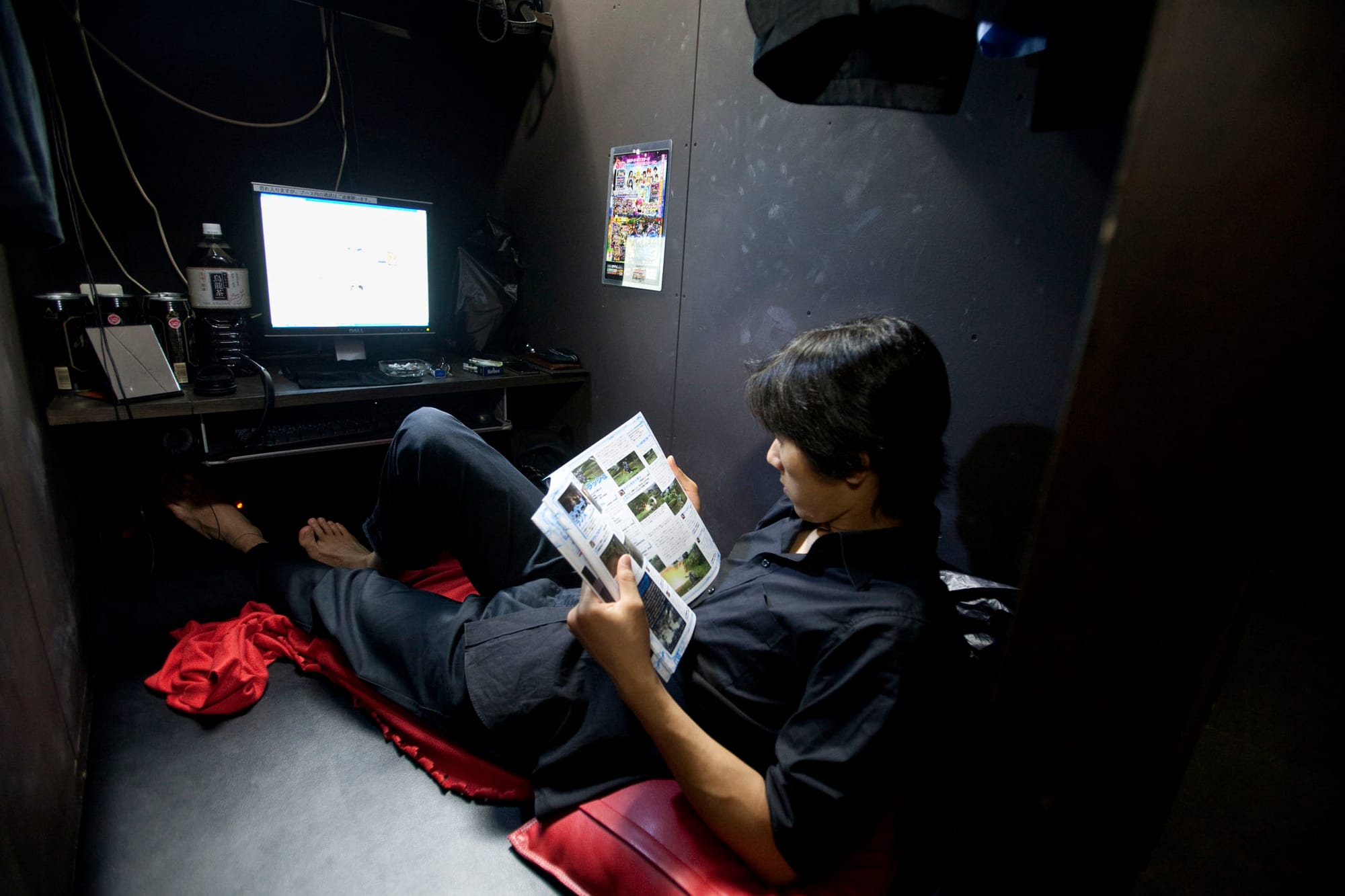Andalusia, a sun-soaked region in southern Spain, carries within it a rich tapestry of history and culture. The remnants of Al-Andalus, the period of Muslim rule that spanned seven centuries, are deeply etched into the region's identity. In April, I journeyed through Malaga, Seville, Cordoba, and Granada, where I witnessed the magnificent architectural heritage of Al-Andalus, each city unfurling a different chapter of this bygone era.
Alcazaba of Malaga
The Alcazaba of Malaga, situated on Mount Gibralfaro, is a beautifully preserved citadel that was constructed in the 11th century during the Hammudid dynasty. It was more than just a fortress; it was a symbol of political power, housing a palace and residential quarters. Its robust stone walls, punctuated by semi-circular towers, were a testament to the era's defensive architecture. As the city's most crucial bastion, it was strategically connected to the sea via a fortified corridor, the Coracha, a rare feature in Islamic military architecture.
The Alcazaba's design reflects the Muslims' adept blending of functionality and aesthetics. The intricate motifs of its arches, inspired by the Umayyad architecture of Cordoba, and the patio gardens, reflective of the Persian influence, all speak to a profound Islamic architectural influence. The Taifa aesthetics became a bridge between the Umayyad and Almoravid styles, with Alcazaba standing as a testament to this transitional period in Andalusian history.
Real Alcazar of Seville
The Real Alcazar of Seville, a royal palace originally developed by Moorish Muslim kings, is an architectural marvel. The palace, built primarily in the Mudejar style, is a testament to the symbiotic relationship between Islamic and Christian cultures. Its construction began in the 10th century under the rule of the Abbadid dynasty, and it continued to evolve over the centuries, with each monarch adding their unique touch.
The Alcazar's architecture is a microcosm of the region's historical progression. The Patio del Yeso, a surviving part of the 10th-century Alcazar, boasts of a semi-circular arch entrance, a hallmark of Caliphate art. The Palacio de Don Pedro, built under the Christian king Pedro I, showcases the finest Mudejar art, a style born from the fusion of Gothic and Islamic art under Christian rule. Its plasterwork and intricate tilework, known as azulejos, echo the aesthetics of the Nasrid dynasty, making the Alcazar a living chronicle of Al-Andalus' evolution.
Mezquita-Cathedral of Cordoba
Cordoba's Mezquita-Cathedral is an awe-inspiring edifice that symbolizes the city's religious transformations. Originally a Visigothic church, it was converted into a mosque in the 8th century under the Umayyad Caliphate, only to be transformed into a cathedral in the 13th century. The building's complex history is reflected in its eclectic blend of architectural styles.
The prayer hall, with its hypnotic rows of red and white horseshoe arches, is the heart of the Mezquita. The arches, an innovation of Umayyad architecture, were designed to create an impression of limitless space, reflecting the universality of the Islamic faith. The Mihrab, traditionally the mosque's focal point indicating the direction of Mecca, is an artistic masterpiece. Its intricate mosaic work, crafted by Byzantine artisans, and the Kufic inscriptions are a testament to the artistic grandeur of the Umayyad Caliphate. The later Christian transformations, such as the Gothic nave by Bishop Íñigo Manrique and the major chapel by Bishop Alonso Manrique, mark the building's Christian era, integrating different architectural epochs in one monumental structure.
The Alhambra of Granada
The Alhambra, perched atop the hill of al-Sabika in Granada, is the crowning glory of Al-Andalus. This fortified palace complex, built predominantly during the Nasrid dynasty in the 13th to 15th centuries, was the last stronghold of the Moors in Spain. Its name, meaning "the red one" in Arabic, reflects the color of the rammed earth walls that glow under the setting sun.
The Alhambra's architecture is an ode to the zenith of Islamic art in Spain. The Nasrid Palaces, with their intricately carved stucco walls, interlacing geometric patterns, and muqarnas-vaulted ceilings, exhibit the pinnacle of the Islamic aesthetic principle of "horror vacui" (fear of empty space). The Court of the Lions, with its famous lion fountain, demonstrates a unique Islamic interpretation of water garden courtyards, marrying visual beauty with the soothing sounds of flowing water.
The Alhambra's fortifications, including the Alcazaba and the imposing Torre de la Vela, bear witness to its strategic military importance. Despite its function as a fortress, the Alhambra was designed with a keen sense of harmony and balance, creating a seamless transition between nature and architecture, showcased in the lush Generalife gardens. These elements together underline the sophistication and refinement of the late Muslim period in Spain.
Conclusion
This journey through Andalusia's architectural wonders is a voyage back in time, tracing the threads of history woven into the fabric of Al-Andalus. The Alcazaba, the Real Alcazar, the Mezquita-Cathedral, and the Alhambra, each in its unique way, encapsulate the grandeur of the Islamic era, blending seamlessly with later influences to form an enduring legacy. They stand as silent witnesses to the centuries of Muslim rule, their stones whispering tales of the past, a testament to a period of unprecedented cultural exchange and flourishing. From Malaga's coastal stronghold to Granada's hilltop palace, the echoes of Al-Andalus continue to reverberate, preserving an integral chapter of Spain's — and indeed, the world's — historical tapestry.






